By Tommy Clarkson from the June 2015 Edition
Family: Asphodelaceae
Also known as: (This is a debatable subject!)
Let’s start with some Aloe basics. It is a genus of succulent plants originating in the Arabian Peninsula, southern Africa, south western Asia, Madagascar and the Mascarene Islands. The 450 lily-related members were once considered taxonomically grouped with the Liliaceae family.
Aloe comes in a diversity of forms and sizes ranging from small grass-like herbs and stemless succulent rosettes, barely a few inches tall, to large species supported by stout, sixty feet (18.2 meters) trunks. With a waxy surface on their succulent leaves, they are well-adapted for harsh climates with scant precipitation. Their simple or branched inflorescence of yellow, orange or red tubular flowers generally angle downwards.
Cultivated for thousands of years, Aloe has been captured in prehistoric rock art by bushmen. The Egyptian Ebers Papyrus – from around 1552 BC – referred to its medicinal value and use in embalming. The Greek herbal of Dioscorides (41-68 AD) recommends that Aloe be applied “externally for wounds, hemorrhoids, ulcers and hair loss, and internally as a laxative”.
(For a good general Aloe page visit: http://succulentplant.com/families/aloaceae.html

Now, I guess I’ll go out on a limb (or should I say a succulent branch) and say that this is an Aloe concinna Baker. But that’s my best guess estimate!
(Heretofore, I thought total confusion was what we experienced every time we try to drive our car into Guadalajara! However, I have found that bepuzzlement pales beside the muddle of misinformation that surrounds identifying this attractive succulent!)
There is simply no consensus as to this plant’s identification by a majority of botanists be they real and cyber space self-anointed. From my numerous readings, no little internet research and various other eclectic sources, I’ve unearthed that numerous folks identify it as Jemen Aloe. (Though of those on the internet, no few – I suspect – simply mouth the mistakes of others because of what appear to be plagiarizingly verbatim phrases used without attribution.)
Additional folks say it’s Squarrosa Aloe. But, while this attractive plant might be closely related to what we’ve pictured here, from I’ve been able to discern, Squarrosa Aloe is a more creeping species that grows hanging down limestone cliffs in Socotra.
However, confusingly, yet others state it is a Tiger Aloe (Aloe punctata). While others with an equal amount of conviction – assert that that it is an Aloe juvenna. But as to its being confused with Aloe juvenna, the one on which we are focusing here seems to have larger rosettes. These, in turn, have longer, sometimes
recurved white-spotted lanceolate leaves edged with triangular teeth. Atop this there can be a cluster of tubular orangish-red flowers with greenish tips. I’ve read that in the wild its population is increasingly limited as it is becoming threatened by livestock grazing in its native Zanzibar realm.
Partiality for full sun is the preference of most kinds of Aloe species, with the larger Aloes enjoying more direct sunlight. Many types of Aloe produce magnificent racemes of packed tubular yellow, orange or red flowers. And, for those without proper outside space, numerous small species can be grown complete with their showy flowers – in a pot on a sunny window ledge.
As to pests and diseases effecting Aloe, these are the principals:
Aloe mite – This microscopic critter can cause severe damage to some species of Aloe. They spread via the wind or contact. Infestation will cause irregular, uncontrolled leaf and inflorescence growth and produce many finger-like projections. These growths depend on the mites to secrete a growth hormone-like substance. While this damage is not reversible it will not progress if the mites are removed with a miticide.
Aloe rust – A fungus, it causes round black or brown spots on the leaves. That dark color is caused by oxidation of phenolic substances in the sap. Once formed, these ugly spots are permanent but do not usually spread. It can be thwarted by application of a systemic fungicide. Prevention is the best option via good air circulation, sunlight, not allowing water to stay on the leaves and avoiding excessive watering when it’s cool.
Aloe scales – There are two of these insects to watch for small flat, oval white ones and larger ones of reddishbrown. Tending to live in colonies on the leaf surface, they both suck the sap from the plant and insult to injury may spread viruses and other diseases. However they are usually quite sensitive to systemic insecticides.
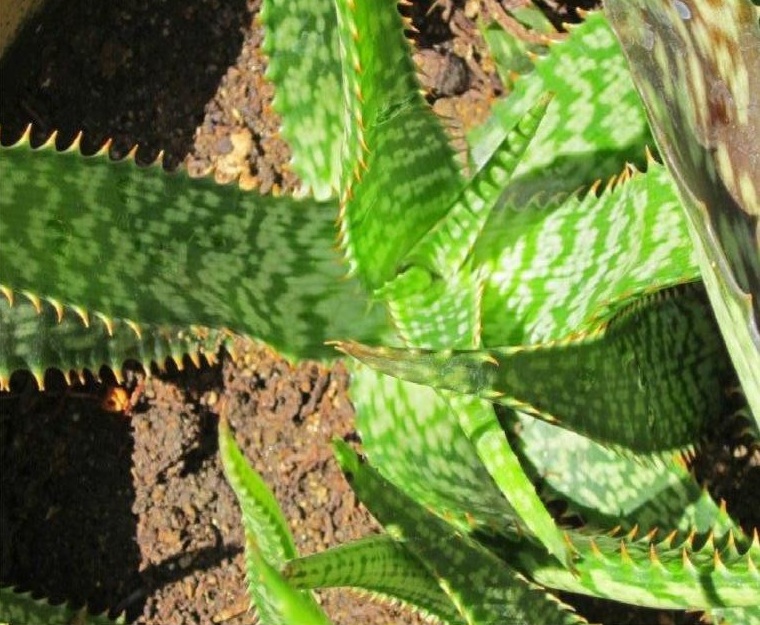
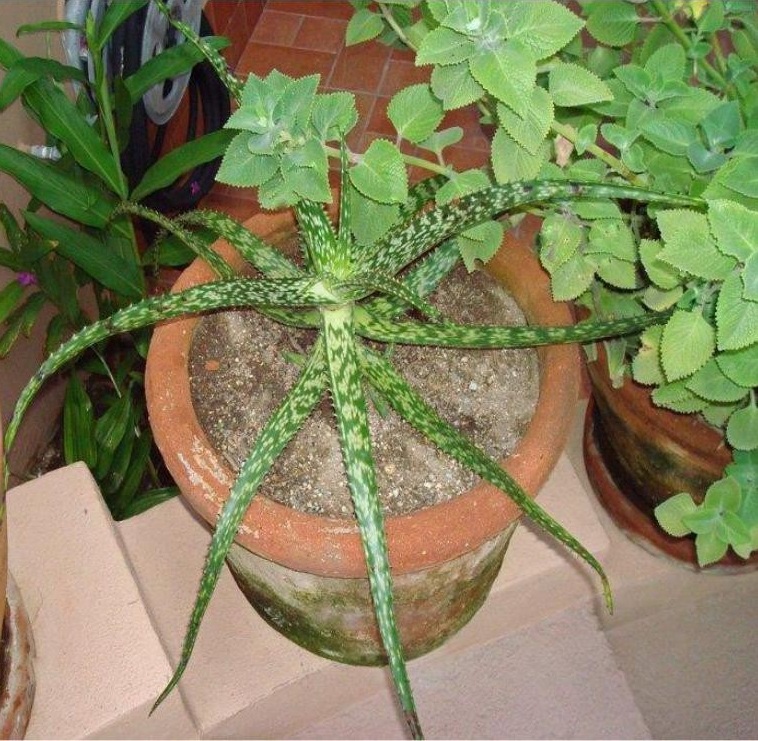
For back issues of “Roots”, gardening tips, tropical plant book reviews and videos of numerous, highly unique eco/ adventure/ nature tours, as well as memorable “Ultimate Experiences” such a Tropical Garden Brunches. Visit us at..
Download the full edition or view it online
—
Tommy Clarkson is a bit of a renaissance man. He’s lived and worked in locales as disparate as the 1.2 square mile island of Kwajalein to war-torn Iraq, from aboard he and Patty’s boat berthed out of Sea Bright, NJ to Thailand, Germany, Hawaii and Viet Nam; He’s taught classes and courses on creative writing and mass communications from the elementary grades to graduate level; He’s spoken to a wide array of meetings, conferences and assemblages on topics as varied as Buddhism, strategic marketing and tropical plants; In the latter category he and Patty’s recently book, “The Civilized Jungle” – written for the lay gardener – has been heralded as “the best tropical plant book in the last ten years”; And, according to Trip Advisor, their spectacular tropical creation – Ola Brisa Gardens – is the “Number One Tour destination in Manzanillo”.

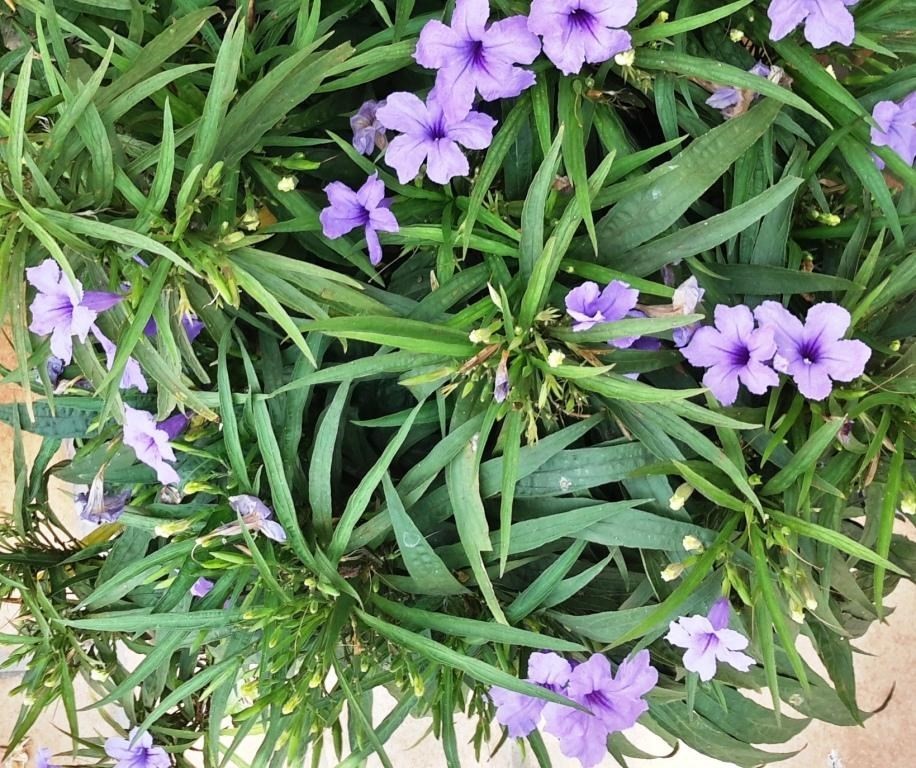
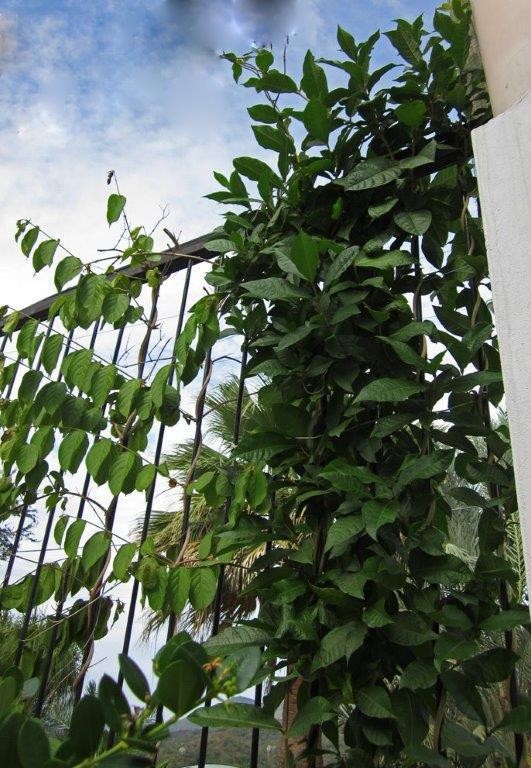
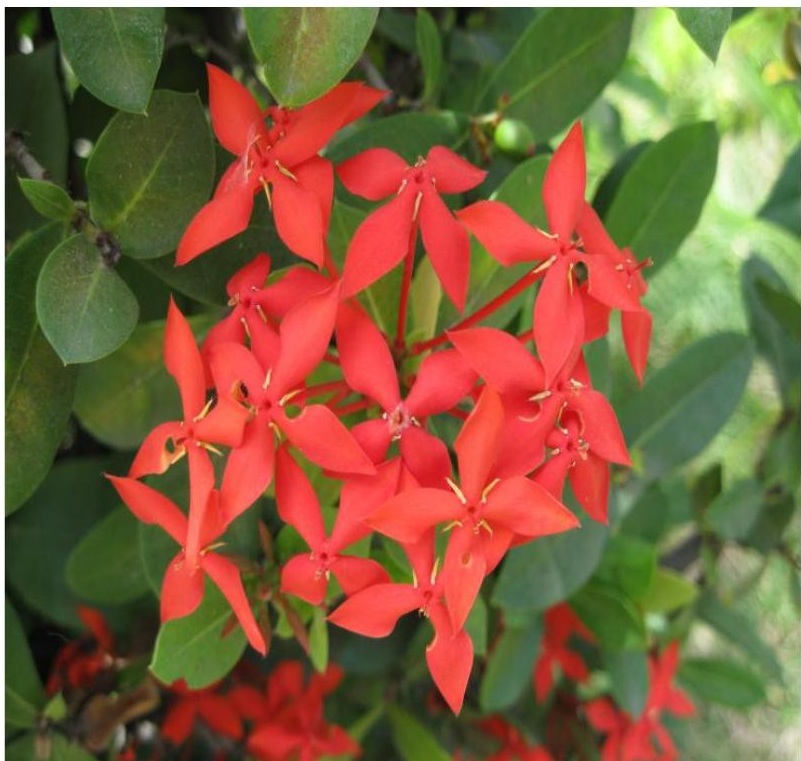
You must be logged in to post a comment.